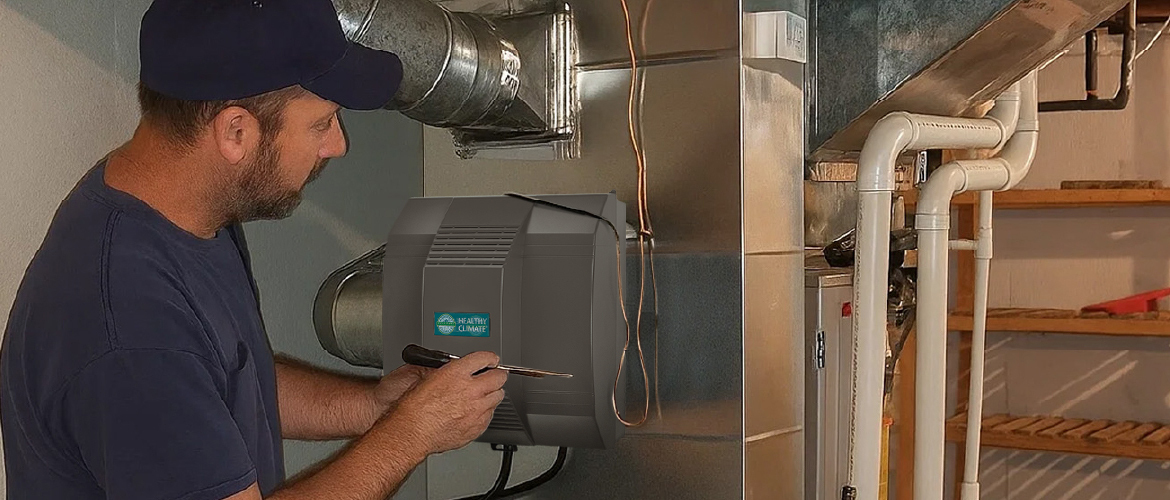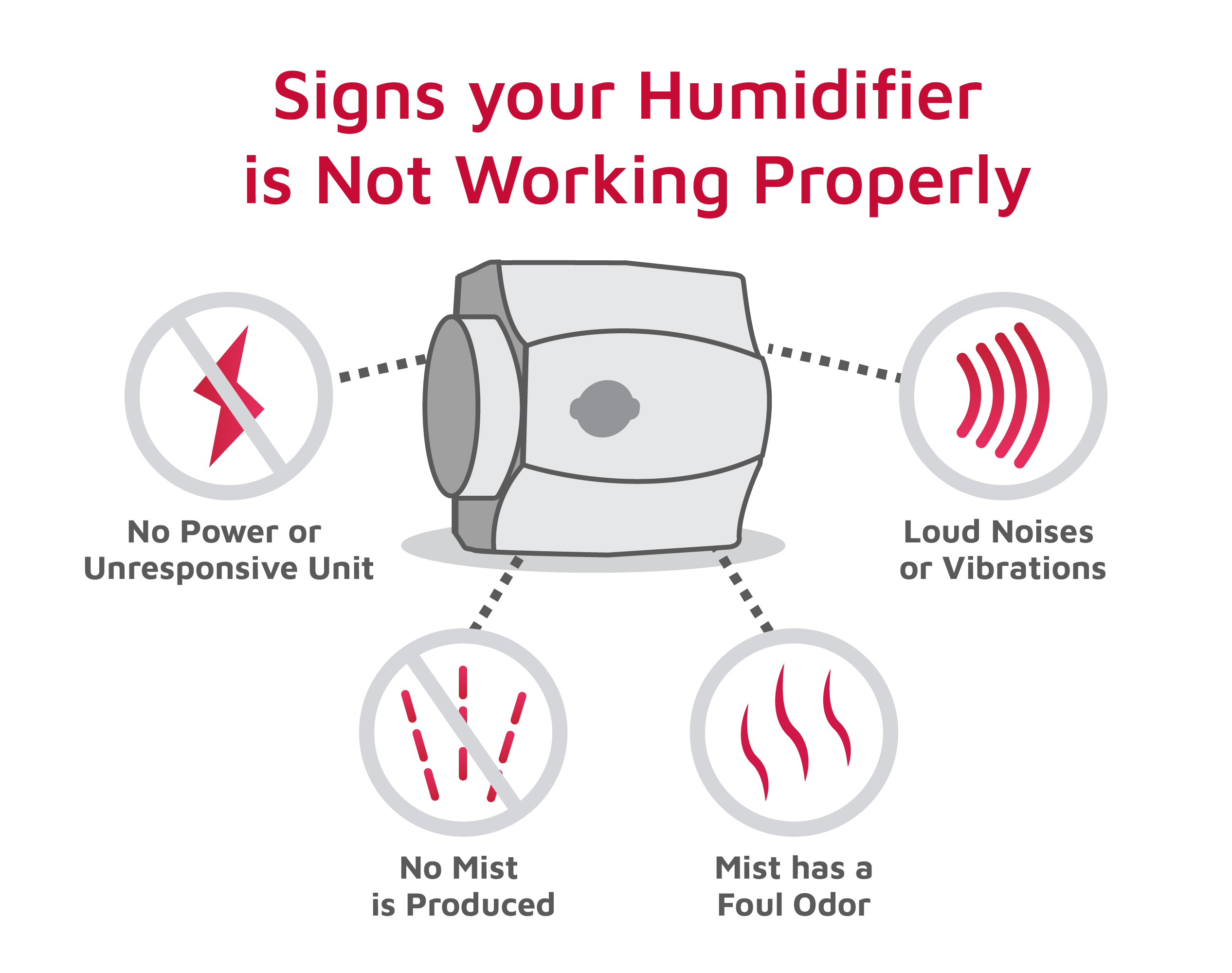Is your hygrometer not working properly? It can be frustrating when this small device, meant to keep your home comfortable, starts giving wrong readings or stops responding.
You rely on your hygrometer to monitor humidity levels for your health, plants, or valuable belongings. So, what do you do when it suddenly fails? You’ll discover simple reasons why your hygrometer might be acting up and easy fixes you can try right now.
Keep reading to make sure your space stays just right.
Common Hygrometer Issues
Hygrometers help measure humidity in the air. They are useful in homes, offices, and greenhouses. Sometimes, these devices stop working correctly. Knowing common issues can help fix them quickly. This section covers typical problems with hygrometers.
Inaccurate Readings
Inaccurate readings are a frequent problem. Dust or dirt on the sensor can cause wrong numbers. Old or worn-out sensors may lose accuracy. Extreme temperatures can also affect the results. Calibration errors lead to false readings too. Regular cleaning and recalibration can reduce these issues.
No Display Or Power
A blank screen is a common sign of power issues. Dead batteries are often the cause. Loose battery contacts may stop power flow. Faulty wiring or damaged circuits can also break the display. Checking batteries and connections can restore function quickly.
Slow Response Time
Slow response means the hygrometer takes time to show changes. This issue happens when sensors get dirty or clogged. Old sensors may react slower than new ones. Poor air circulation around the device also delays response. Cleaning and placing the device properly helps improve speed.

Credit: www.lennox.com
Simple Troubleshooting Steps
When your hygrometer is not working properly, simple troubleshooting steps can help fix the issue. These easy checks often solve common problems quickly. Follow these steps to get your device back to normal.
Check The Batteries
Low or dead batteries can cause your hygrometer to stop working. Remove the battery cover and check the power source. Replace old batteries with new ones. Make sure the batteries are inserted correctly. A fresh battery often restores proper function.
Clean The Sensor
Dust and dirt on the sensor affect accuracy. Use a soft cloth or brush to gently clean the sensor area. Avoid using water or harsh chemicals. Regular cleaning keeps the sensor free from debris and ensures accurate readings.
Reset The Device
Resetting the hygrometer clears minor errors. Look for a reset button or remove the batteries for a few minutes. Put the batteries back and turn the device on. Resetting helps the hygrometer recalibrate and work properly again.
Calibration Techniques
Calibration keeps your hygrometer accurate. It fixes wrong readings and ensures trust. You can try simple ways to check and adjust your device. These methods help keep your home or workspace at the right humidity.
Salt Test Method
The salt test is easy and reliable. Take a small container and put salt inside. Add a little water to make it damp, not wet. Place the container and hygrometer in a sealed plastic bag. Leave it for about 8 hours. The humidity inside will stabilize at 75%. Check the hygrometer reading. If it shows different, adjust it or note the error.
Using A Calibration Kit
Calibration kits come with everything you need. They usually include a salt packet and a sealed container. Follow the kit instructions carefully. Place the salt and hygrometer inside the container. Wait the time suggested by the kit. Compare the hygrometer reading with the known humidity. Adjust the device if needed. Kits provide a precise way to check accuracy.
Adjusting Digital Settings
Digital hygrometers often have buttons to calibrate. Find the calibration mode in the manual. Use the salt test or kit to know the true humidity. Enter that number into the device settings. Save the changes to reset the sensor. This process fixes small errors in readings. Regular calibration keeps digital meters reliable.

Credit: www.ebay.ca
Preventive Care Tips
Preventive care keeps your hygrometer working well for a long time. Simple steps help avoid errors and ensure accurate readings. Regular attention stops small problems from becoming big issues.
Proper Placement
Place the hygrometer away from direct sunlight. Avoid spots near heaters or air conditioners. Keep it in a stable environment without sudden temperature changes. This helps the device give correct humidity levels.
Regular Maintenance
Clean the hygrometer regularly with a soft cloth. Remove dust and dirt that may block sensors. Check the batteries and replace them if needed. Calibrate the device as recommended by the manufacturer.
Avoiding Extreme Conditions
Do not expose the hygrometer to very high or low humidity. Avoid placing it in wet or very dry areas. Extreme conditions can damage the sensor and cause wrong readings. Keep the device in normal room conditions.
When To Replace Your Hygrometer
Knowing when to replace your hygrometer helps keep accurate humidity readings. A faulty hygrometer can give wrong data, affecting your indoor comfort or stored items. Pay attention to signs showing your device no longer works well. Sometimes repair is not enough, and buying a new one is better.
Signs Of Irreparable Damage
Look for these signs to decide if your hygrometer needs replacement. If the needle or digital display does not move at all, it might be broken inside. A stuck needle or constant wrong readings show damage. Moisture inside the device can cause rust or corrosion. Cracks on the screen or casing also mean it is time for a new one. Frequent recalibration that does not fix errors is another sign.
Upgrading To Advanced Models
Older hygrometers may lack useful features found in newer models. Upgrading can give you better accuracy and easy reading. Some advanced models connect to smartphones for remote monitoring. They can log humidity changes over time. Choose one with a clear display and simple controls. New devices often last longer and need less maintenance.

Credit: www.lennox.com
Frequently Asked Questions
Why Is My Hygrometer Showing Incorrect Readings?
Incorrect readings often result from improper calibration or placement. Ensure your hygrometer is calibrated regularly. Avoid placing it near heat sources or direct sunlight for accurate humidity levels.
How Do I Recalibrate A Faulty Hygrometer?
To recalibrate, use a salt test or a calibration kit. Place your hygrometer in a sealed container with salt and water. Adjust the reading to 75% humidity for precise calibration.
Can Humidity Affect Hygrometer Accuracy?
Yes, extreme humidity or sudden changes can cause inaccurate readings. Keep your hygrometer in a stable environment to maintain consistent and reliable measurements.
What Maintenance Keeps A Hygrometer Working Properly?
Regular cleaning and calibration are essential. Dust or moisture can interfere with sensors. Follow manufacturer instructions for upkeep to ensure long-lasting performance.
Conclusion
A hygrometer not working properly can cause confusion about humidity levels. Check the device’s battery and placement first. Clean the sensor gently to avoid dust issues. Calibrate your hygrometer regularly to keep readings accurate. Small fixes often solve the problem quickly.
Knowing the true humidity helps protect your home and health. Stay patient while troubleshooting. Accurate humidity readings make a big difference. Keep your hygrometer in good shape for best results.



